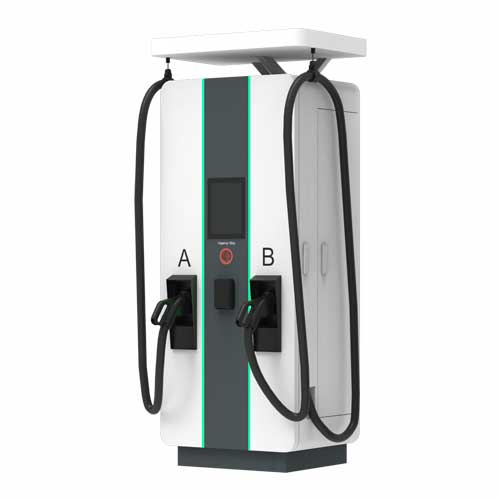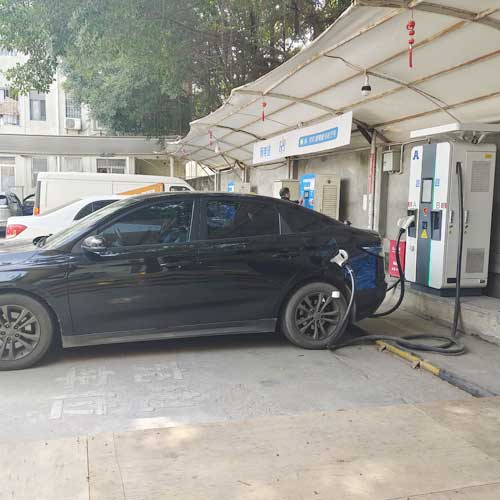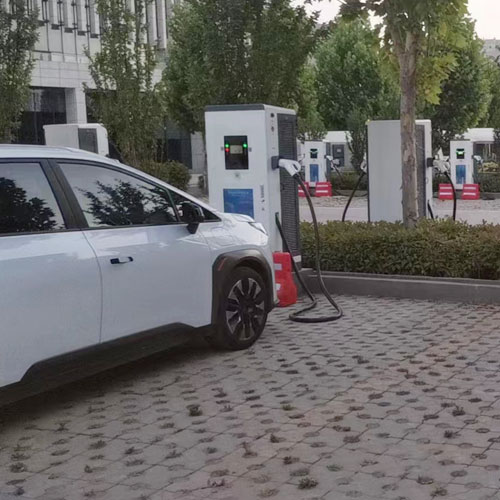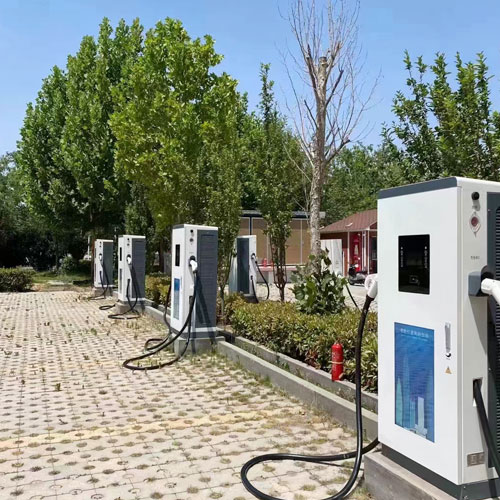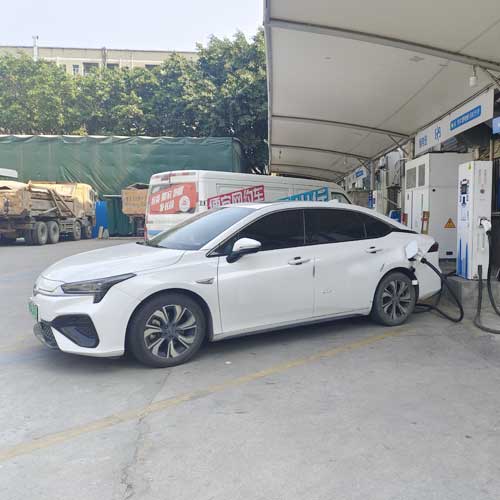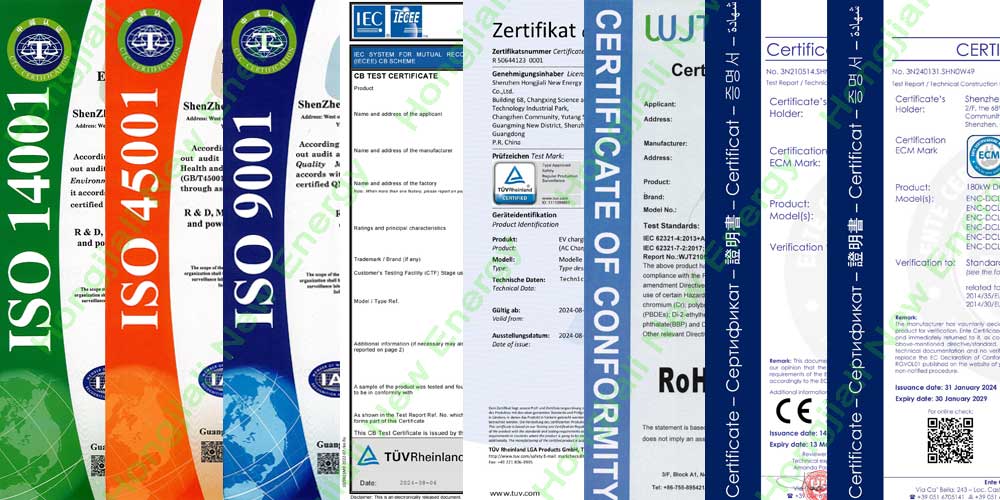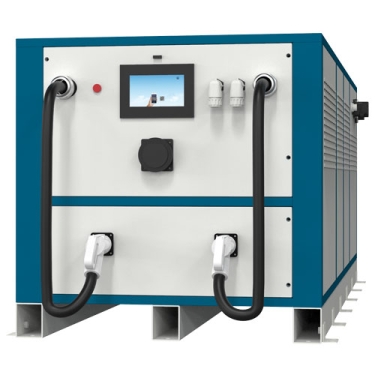A DC charging pile is a charging device that provides DC power specifically for electric vehicles. It converts AC power into DC power and then directly charges the car's power battery. It is usually used in large charging stations, high-speed service areas and other occasions to provide electric vehicles with a quick energy replenishment service.
The technical parameters of DC charging pile products are as follows:
Parameters | Requirements | ||||
General Requirements | |||||
EV Charger Type | DC | ||||
Charger Capacity | 30KW | 60KW | 120KW | 180KW | 240KW |
Equipment size | L720*W401*H2000/L700*W450*H1680(mm) | L750*W750*H1920(mm) | |||
Product Model NO. | ENC-DCL030A | ENC-DCL060A/B | ENC-DCL120B | ENC-DCL180B | ENC-DCL240B |
ANSI-DCL030A | ANSI-DCL060A/B | ANSI-DCL120B | ANSI-DCL180B | ANSI-DCL240B | |
JIS-DCL030A | JIS-DCL060A/B | JIS-DCL120B | JIS-DCL180B | JIS-DCL240B | |
Mounting | Ground-Mounted | ||||
Input Requirements | |||||
AC Supply System | Three-Phase, 5 Wire AC system | ||||
Nominal Input Voltage | AC380V±15% | ||||
Input Frequency | 45-65Hz | ||||
Environmental Requirements | |||||
Ambient Temperature Range | -25 to 55°C | ||||
Ambient Humidity | 5 to 95% | ||||
Storage Temperature | -40 to 70°C | ||||
Mechanical Requirements | |||||
IP Ratings | IP 54 | ||||
Cooling | Air-cooled | ||||
Output Requirements | |||||
Number of Outputs | 1 | 1 or 2 | 2 | ||
Type of Each Output | 200-1000VDC | ||||
Single Output Max.Current | 125 Amp | 200/250 Amp | |||
Power Factor | ≥0.99(50% load above) | ||||
User Interface & Display Requirements | |||||
Display & Touch-Screen Size | 7 Inches Touch Screen with Shell | ||||
User Authentication | QR Code/RFID Card /Password Login | ||||
Metering Information | Consumption Units | ||||
Communication Requirements | |||||
Communication between EVSE and Central server | OCPP 1.6J Protocol (Optional) | ||||
Interface between Charger and CMS | Ethernet/3G/4G/WIFI (Optional) | ||||
Protection & Safety Requirements | |||||
Executive Standard | IEC 62196 2017, IEC 61851 2017, SAE J1772,CHAdeMO etc. | ||||
Safety Parameters | Over Current, Over Voltage, Under Voltage, Residual Current, Surge Protection, Leakage Protection, Short Circuit, Over Temperature, etc. | ||||
